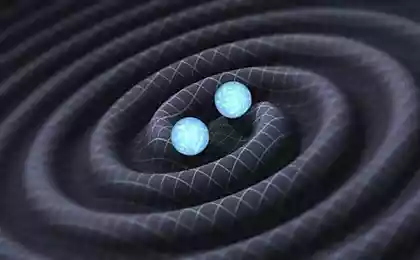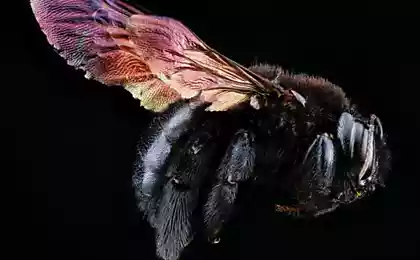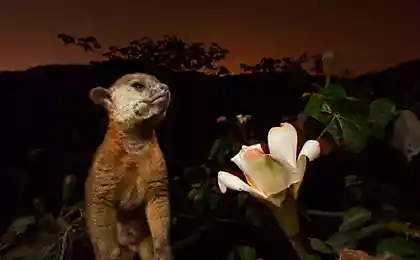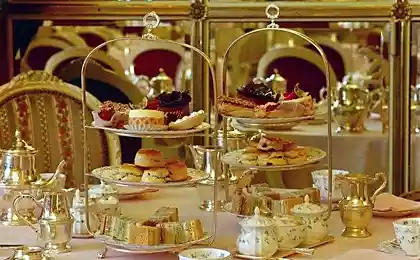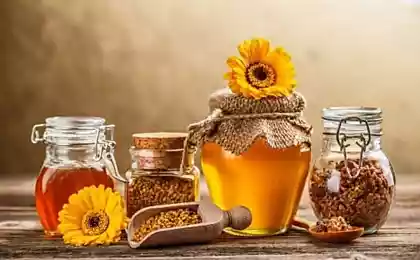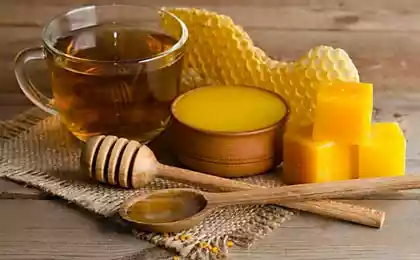527
Like bees making honey ?
Before the beginning of the honey flow the surrounding area examined bees of scout, a bee-workers are ready, they are waiting for information annaprashana and distance to the plants for the honey flow. When finally arrives the first bee-scout she begins the so-called "dance of the bees", these alarm movements repeat bees-collectors. In the process of the dance of bees come off and go flying behind flew a scout.
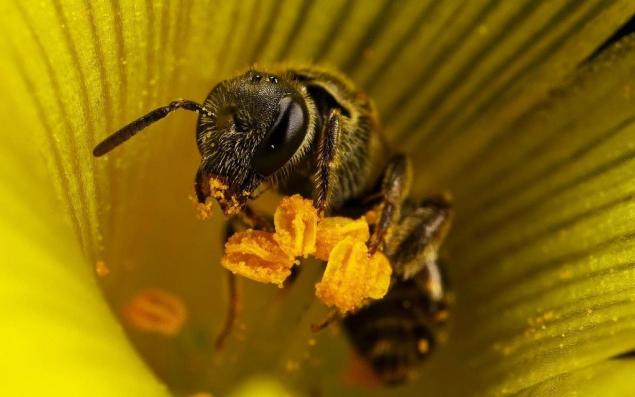
Bees scout from day to day, from hour to hour continue to search for new sources of honey yield, where the more intensive nectarinidae or higher concentration of sugars in nectar.

Bees-pickers pass brought nectar to the bees-the receptionist, and those first poured it into the cells (to more quickly evaporate the excess water) and begin to transform the nectar into honey. Nectar consists mainly of carbohydrates, which include sugars: glucose, fructose and sucrose, and (in some forms) xylose, galactose, mannose, maltose, trehalose, melibiose, raffinose and melezitose, as well as amino acids, vitamins, inorganic elements, aromatic and coloring substances, impurities pollen, yeasts and moulds. Proteins represented by enzymes (glycoside, Pro-tease).
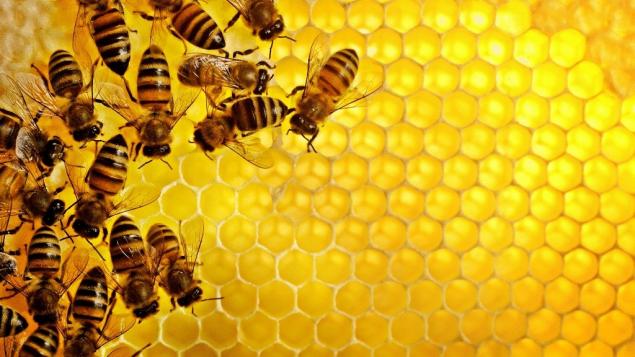
When taking bee nectar to him mixed with the secret of her mandibular glands, contains proteins, including enzymes, carbohydrates, fats, vitamins, organic acids, mineral elements. They actively influence the recruitment and the number of components in the content of sabika bees. Appear the maltose and sugar from the nectar of the hard water is removed. With this purpose, bees place the nectar in perhaps a larger area of cells to increase surface evaporation. At this point, they many times take him from the cell and released, adding the new portion of the secret glands. In the nectar gets more pollen, yeast.
Source: /users/155

Bees scout from day to day, from hour to hour continue to search for new sources of honey yield, where the more intensive nectarinidae or higher concentration of sugars in nectar.

Bees-pickers pass brought nectar to the bees-the receptionist, and those first poured it into the cells (to more quickly evaporate the excess water) and begin to transform the nectar into honey. Nectar consists mainly of carbohydrates, which include sugars: glucose, fructose and sucrose, and (in some forms) xylose, galactose, mannose, maltose, trehalose, melibiose, raffinose and melezitose, as well as amino acids, vitamins, inorganic elements, aromatic and coloring substances, impurities pollen, yeasts and moulds. Proteins represented by enzymes (glycoside, Pro-tease).

When taking bee nectar to him mixed with the secret of her mandibular glands, contains proteins, including enzymes, carbohydrates, fats, vitamins, organic acids, mineral elements. They actively influence the recruitment and the number of components in the content of sabika bees. Appear the maltose and sugar from the nectar of the hard water is removed. With this purpose, bees place the nectar in perhaps a larger area of cells to increase surface evaporation. At this point, they many times take him from the cell and released, adding the new portion of the secret glands. In the nectar gets more pollen, yeast.
Source: /users/155




